Snow adds a breathtaking dimension to the beauty of Crater Lake
Crater Lake in Oregon is one of the deepest and most pristine lakes in the world, filling the caldera of Mount Mazama
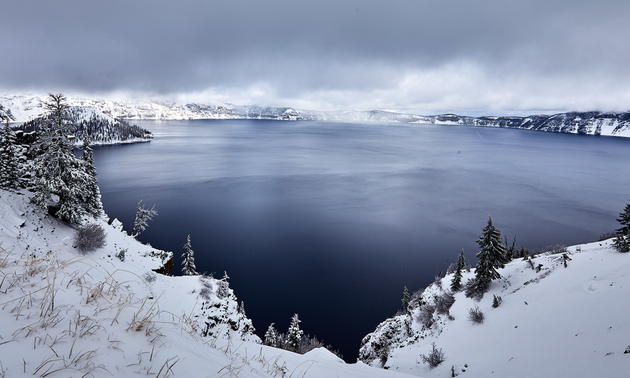
We vacationed in Klamath Falls, Oregon, in November 2016. We had not planned on going to Crater Lake National Park, partly because road access to Rim Village can be dangerous at this time of year, and the road is often closed.
On a lark, we noticed the road had opened; we drove with bated breath to witness the snow on the lake and its surroundings. We walked in our shoes in knee-deep snow along the rim. Having lived in Mexico for seven years, we had no snow boots to speak of! The monochrome landscape was magical; we were ecstatic and so happy to experience such a special moment and to be able to capture this unique fairyland in pictures.
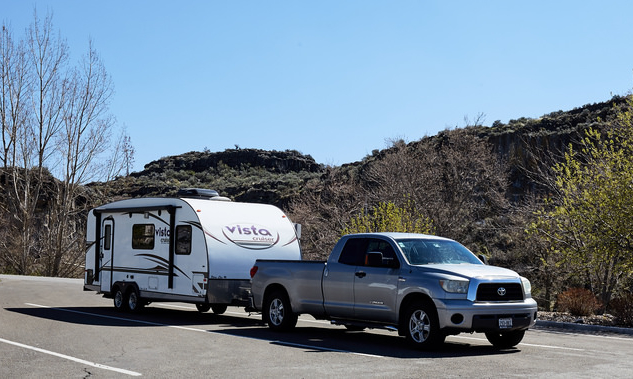
How the crater was formed
The eruption of Mount Mazama happened 7,700 years ago and is one of the fiercest in the history of North America. The ashes reached as far as British Columbia. When the volcano exploded, it formed a caldera in which the lake lies today.
Local Native Americans witnessed the event and kept it alive in their legends. One of those recounts that two chiefs, Llao of the Below World and Skell of the Above World, entered into a battle that resulted in the destruction of Llao's home, Mount Mazama, and thus the caldera was born.
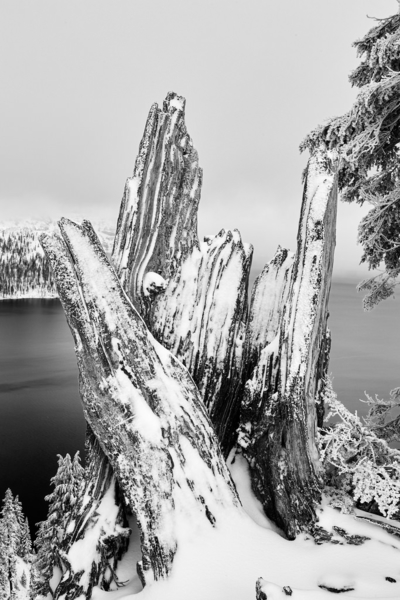
The only national park in Oregon
Crater Lake National Park was established in 1902 by then President Theodore Roosevelt. Driving up the slopes of the volcano, there are beautiful lookouts where the landscape is covered by lava, ashes and gigantic evergreens. At Rim Village on the top, you can enjoy excellent views of the majestic lake.
Scientists and visitors alike are awed by its crystal-clear water: fed by rain and snow, it has a deep blue colour and amazing purity. Many observation points are readily accessible by automobile on the 53-kilometre Rim Drive during the summer and fall months (July to October). There are several hiking trails and two campgrounds inside the park.
Cold and yet never frozen
The huge depth of the lake (650 metres or more than 2,100 feet) acts as a heat reservoir, keeping the surface temperature at an average of 13 C (55 F) and the bottom at 3 C (37 F) year-round. Therefore, although snow covers Crater Lake National Park for eight months of the year, the lake rarely freezes over.
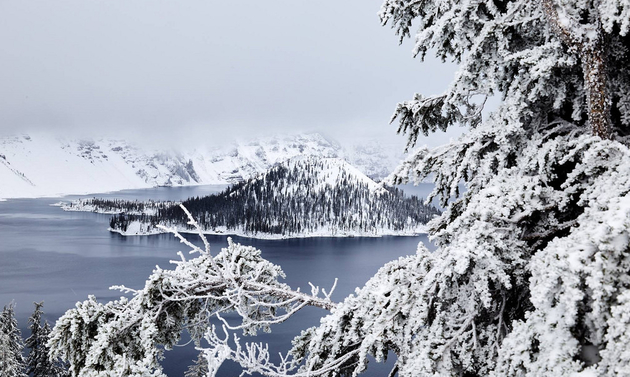
Camping in the forest
A few years ago, we were camping in the national park in late September and drove to the top to discover this marvel of nature. Waking up on our first morning, we were surprised to see a light snow blanketing the ground! I said to my husband, "Let's pack and be down before the storm keeps us prisoners."
Typical of my adventurous soulmate, he answered, "There is so little snow, let’s just drive up and have a quick look before we leave." I must admit I was a bit scared, but the road was passable. It was so cold on the top, and we were not dressed accordingly. Thankfully, there is a lodge at the Rim Village with a few amenities, so we enjoyed a hot cup of coffee.
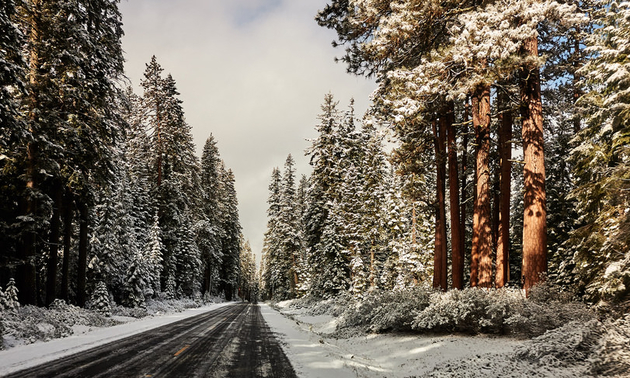
If you decide to go, be aware that even in the warmest days of summer it is still relatively cold on the top of Crater Rim, due to its altitude of 1,860 metres (over 6,100 feet).






